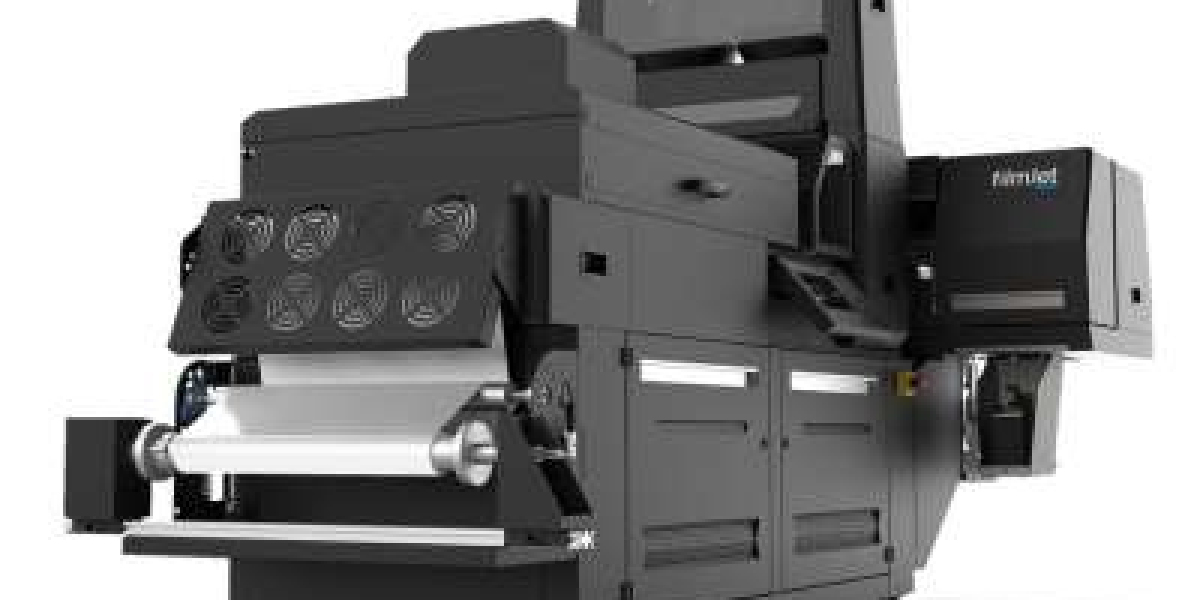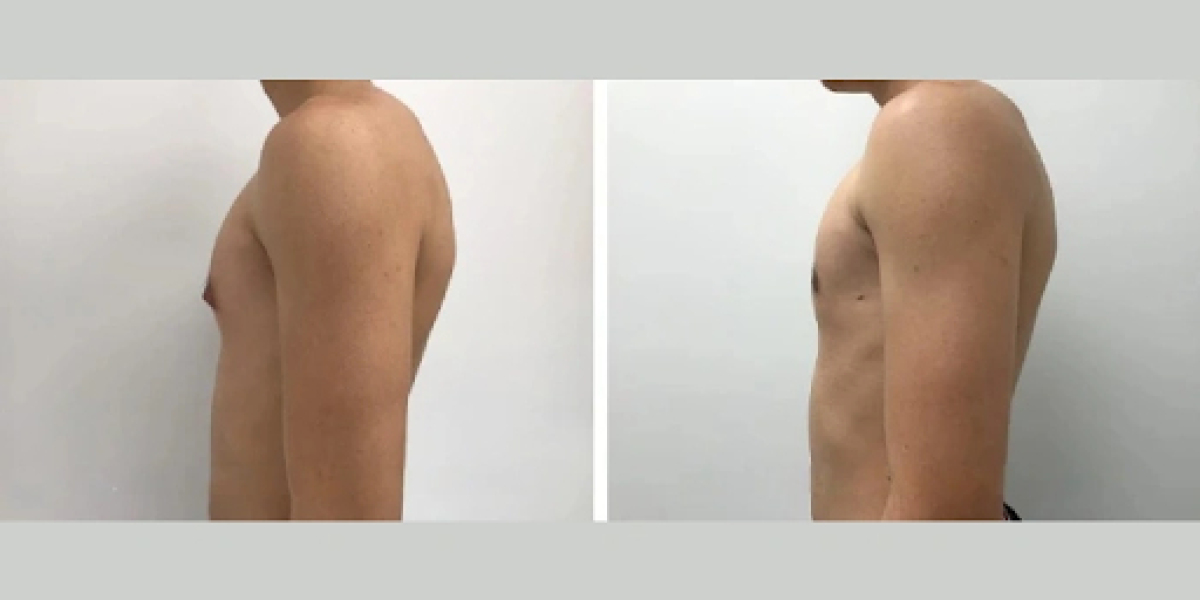In the world of garment decoration, Direct to Film (DTF) printing stands out for its flexibility, vibrancy, and fabric compatibility. However, like any high-performance machine, a DTF printer demands regular care and attention to deliver optimal results consistently. Proper maintenance not only extends the lifespan of your printer but also ensures consistent print quality and reduces costly downtime.
In this blog, we’ll walk you through the essential DTF printer maintenance tips that every printer operator—beginner or pro—should follow.
1. Daily Maintenance: Your First Line of Defense
Just like brushing your teeth, daily maintenance keeps issues from building up over time. Here are key daily tasks:
A. Nozzle Check and Head Cleaning
Perform a nozzle check each day before printing. This test ensures that all colors are firing correctly. If you notice broken lines or missing segments, run a light head cleaning. Avoid overdoing this, as it consumes a lot of ink.
B. Cap Station Wipe-Down
The cap station is where your print head parks. Use a lint-free cloth and cleaning solution to gently clean the cap station. This helps prevent ink buildup that could block the flow or lead to cross-contamination.
C. Print Head Surface Cleaning
Using a swab lightly moistened with cleaning solution, gently wipe the underside of the print head. Be careful—too much pressure or the wrong fluid can damage the nozzles.
2. Weekly Maintenance: A Deeper Clean
Once a week, set aside 30–60 minutes for more in-depth tasks. These will keep your machine in peak shape.
A. Wiper Blade Cleaning
The wiper blade cleans excess ink off the print head. Over time, it collects ink sludge, which can be re-deposited on your prints or cause head strikes. Clean it with isopropyl alcohol or a printer-safe cleaning solution.
B. Ink Agitation
White ink is heavy and prone to settling. If your printer doesn’t have an automatic agitation system, gently shake your white ink bottles or tanks once a week. Stirring helps prevent clogging and ink separation.
C. Drain Waste Ink Properly
DTF printers typically have a waste ink tank. Check the levels weekly and empty it before it overflows. Overflowing waste ink can lead to printer damage or spills that are tough to clean.
3. Monthly Maintenance: Keep the System Healthy
Every month, take a close look at components that may be wearing out or accumulating residue.
A. Lubricate Moving Parts
The rails and carriage that move your print head need occasional lubrication. Use manufacturer-approved lubricants to reduce friction and wear. Avoid over-oiling, as it may drip onto the film.
B. Clean Rollers and Platen
Dust and lint can build up on film rollers and the platen, leading to smudges or misfeeds. Wipe these areas clean with a soft cloth and appropriate cleaner. Be cautious not to leave any fibers behind.
C. Firmware and Software Updates
Check your printer’s software and RIP software for updates. Manufacturers often release patches that improve performance or fix bugs that can affect print quality.
4. Proper Ink and Film Storage
Maintenance doesn’t just involve the printer. The materials you use also impact performance.
- Store ink in a cool, dry place away from direct sunlight.
- Shake sealed ink bottles before pouring.
- PET film should be kept dust-free and flat to avoid print defects or feeding issues.
Never mix ink brands or use expired ink, as this can lead to print head clogs and inconsistent colors.
5. Shutdown Procedure: Power Down Properly
If you're stepping away from your printer for more than a day or two, it’s important to power it down correctly:
- Run a cleaning cycle to flush out residual ink.
- Park the print head securely.
- Cover the printer to protect it from dust.
Some printers have a standby or maintenance mode that keeps ink circulating. If yours does, enable it before closing up shop.
6. Trouble Signs You Shouldn’t Ignore
Routine maintenance helps prevent problems, but it’s also important to spot early signs of trouble:
- Banding or faded prints – May indicate clogged nozzles.
- Ink bleeding or smudging – Could be due to excess humidity, dirty rollers, or low-quality film.
- Grinding noises – Often a sign that rails or bearings need lubrication.
- Frequent head cleanings needed – Suggests possible ink contamination or cap station issues.
Addressing these early can prevent small issues from becoming major repairs.
7. Maintenance Tools You Should Always Have
Here’s a quick checklist of essential DTF printer maintenance supplies:
- Lint-free cloths
- Cleaning solution (printer-specific)
- Isopropyl alcohol (if recommended)
- Swabs or foam sticks
- Waste ink container
- Gloves
- Small screwdriver set (for tightening parts)
Keep these tools organized and readily accessible near your printing station.
Conclusion: Maintenance Is the Key to Print Quality and Profitability
Running a DTF printing setup can be highly rewarding, but only if the printer is maintained properly. Think of maintenance as an investment—time spent cleaning and inspecting your machine prevents costly repairs, wasted materials, and lost client trust.
By integrating daily, weekly, and monthly tasks into your workflow, you ensure that your printer runs like new—every print, every day. Clean machines produce cleaner results, and in a business where quality matters, that’s what sets professionals apart.
















